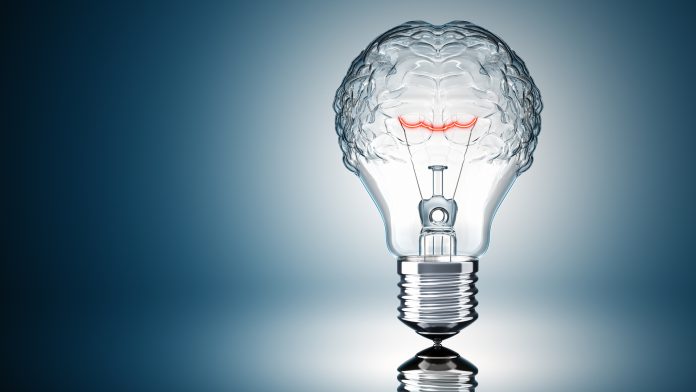
Yale scientists have challenged long-held assumptions about the timing & irreversible nature of the cessation of brain functions after death, by restoring cellular activity in a pig’s brain after death.
The brain of a post-mortem pig obtained from a meatpacking plant was isolated and circulated with a specially designed chemical solution. Many basic functions of cellular activity, once thought to cease seconds or minutes after oxygen and blood flow cease, were observed, the scientists report.
Circulation and cellular activity restored
Senior author Nenad Sestan, professor of neuroscience, comparative medicine, genetics, and psychiatry, explains: “The intact brain of a large mammal retains a previously underappreciated capacity for restoration of circulation and certain molecular and cellular activities multiple hours after circulatory arrest.”
However, researchers also stressed that the treated brain lacked any recognisable global electrical signals associated with normal brain function.
“At no point did we observe the kind of organised electrical activity associated with perception, awareness, or consciousness,” added co-first author Zvonimir Vrselja, associate research scientist in neuroscience. “Clinically defined, this is not a living brain, but it is a cellularly active brain.”
What actually happens to the brain when you die?
The death of cellular activity within the brain is usually considered to be a swift and irreversible process.
Cut off from oxygen and a blood supply, the brain’s electrical activity and signs of awareness disappear within seconds, while energy stores are depleted within minutes.
Current understanding maintains that a cascade of injury and death molecules are then activated leading to widespread, irreversible degeneration.
However, researchers in Sestan’s lab, whose research focuses on brain development and evolution, observed that the small tissue samples they worked with routinely showed signs of cellular viability, even when the tissue was harvested multiple hours post-mortem.
Intrigued, they obtained the brains of pigs processed for food production to study how widespread this post-mortem viability might be in the intact brain. Four hours after the pig’s death, they connected the vasculature of the brain to circulate a uniquely formulated solution they developed to preserve brain tissue, utilising a system they call BrainEx.
They found neural cell integrity was preserved, and certain neuronal, glial, and vascular cell functionality was restored.
Can we apply this to human brains?
The researchers said that it is unclear whether this approach can be applied to a recently deceased human brain.
The chemical solution used lacks many of the components natively found in human blood, such as the immune system and other blood cells, which makes the experimental system significantly different from normal living conditions.
However, the researcher stressed any future study involving human tissue or possible revival of global electrical activity in post-mortem animal tissue should be done under strict ethical oversight.
“Restoration of consciousness was never a goal of this research,” said co-author Stephen Latham, director of Yale’s Interdisciplinary Center for Bioethics. “The researchers were prepared to intervene with the use of anaesthetics and temperature-reduction to stop organised global electrical activity if it were to emerge. Everyone agreed in advance that experiments involving revived global activity couldn’t go forward without clear ethical standards and institutional oversight mechanisms.”
There is an ethical imperative to use tools developed by the Brain Initiative to unravel mysteries of brain injuries and disease, said Christine Grady, chief of the Department of Bioethics at the NIH Clinical Center.
“It’s also our duty to work with researchers to thoughtfully and proactively navigate any potential ethical issues they may encounter as they open new frontiers in brain science,” she concluded
























